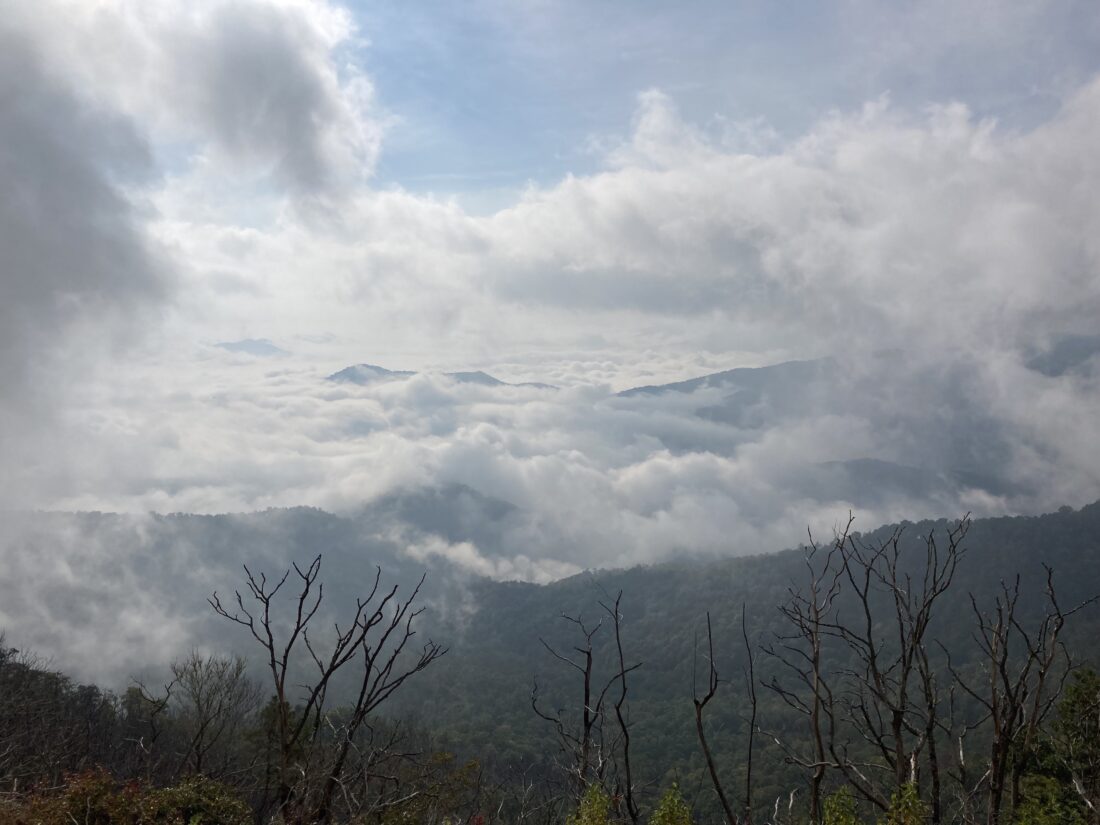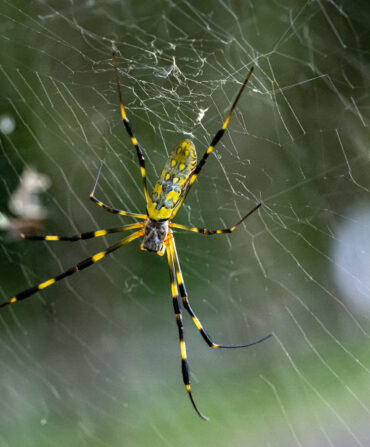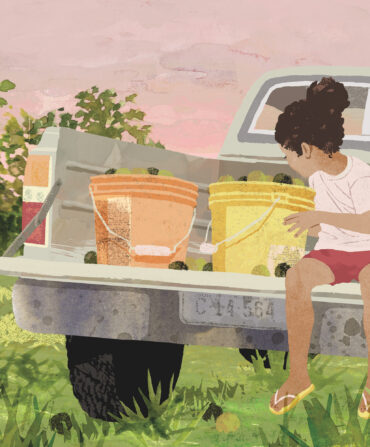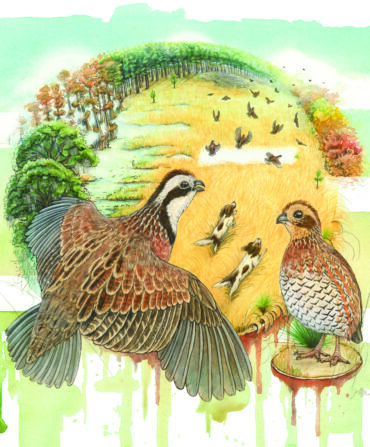In 1775, the naturalist William Bartram stood atop a rocky peak in what’s now western North Carolina and “beheld with rapture and astonishment” all that lay before him: “a sublimely awful scene of power and magnificence,” he wrote, “a world of mountains piled upon mountains.” Bartram, whose words influenced later Romantic writers like Wordsworth and Emerson, didn’t shy from a bit of exuberant lyricism. Elsewhere along the Carolina trail, he described creekside flowers that “plunge their perfumed heads and bathe their flexile limbs in the silver stream, whilst others by the mountain breezes are tossed about, their blooming tufts bespangled with pearly and chrystaline dewdrops collected from the falling mists, glistening in the rain bow arch.”

Sounds like a pretty nice hike! Today, you can see it for yourself on a 112-mile walking trail through parts of Georgia and North Carolina—a route that belongs to a broader regional system known as the Bartram Trail. These scattered paths, tended by local organizations, represent places Bartram wandered when he explored the Southeast in the 1770s—a journey chronicled in 1791’s Travels, an exhaustive compendium of plant and animal species that doubles as a slightly loopy, occasionally ecstatic travelogue. There’s a canoe trail in Alabama, a collection of footpaths in Northeast Florida. But the Blue Ridge leg is one of the longest and best-established sections in the network. It’s also the subject of a new book by Brent Martin, the executive director of the Blue Ridge Bartram Trail Conservancy.
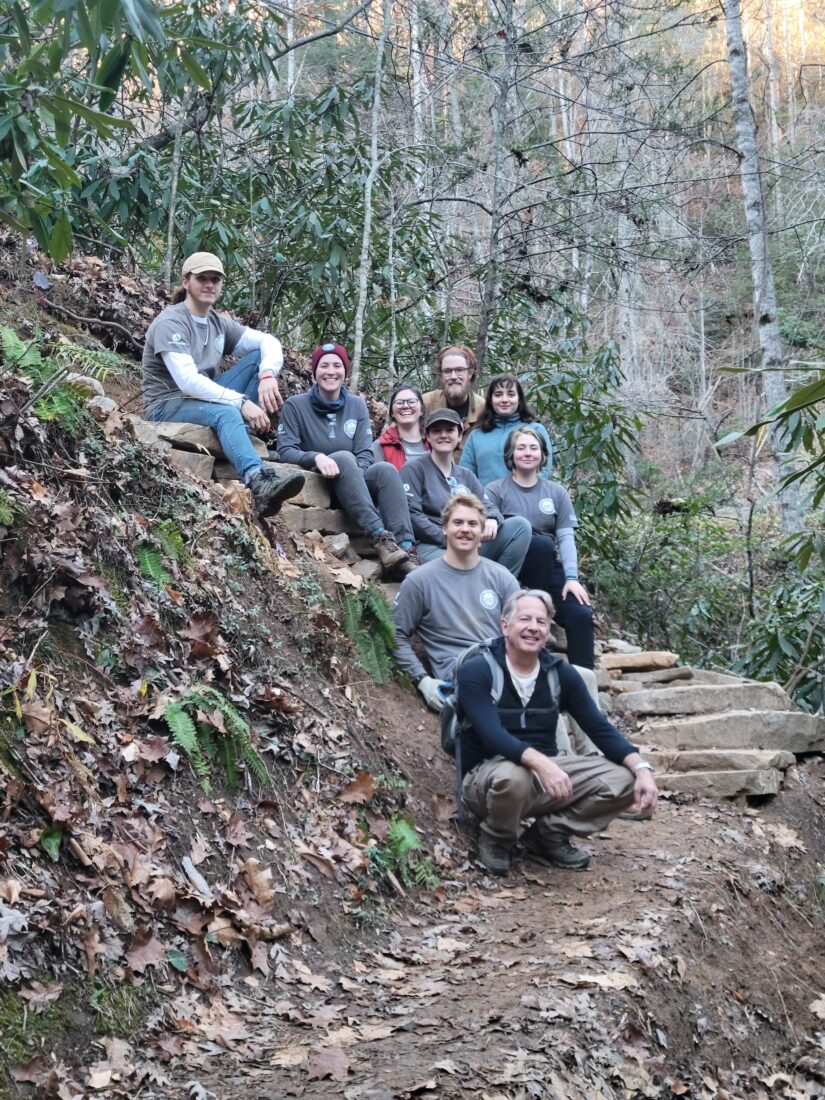
A Hiker’s Guide to the Bartram National Recreation Trail in Georgia and North Carolina offers meticulously detailed instructions for following in Bartram’s footsteps. But Martin also assesses the legacy of the naturalist, whom he describes as “America’s first hippie.” A Philadelphian by birth, Bartram never made much of himself by the lights of his contemporaries. Bartram’s father gave him six enslaved people to support the launch of a rice plantation in Florida; Bartram failed disastrously and became an opponent of slavery. “William was a bit of a dreamer, with an artist’s soul and a scientific mind,” Martin writes.
“He’s still part of this colonial project, part of this larger white culture of privilege,” Martin told me. “But nonetheless he can’t be taken down like Audubon is being taken down, and John Muir and others who were explicit racists and slaveowners.” Among Southern naturalists, Bartram maintains an enthusiastic fan base: When I spoke with Martin, he’d just finished organizing the annual gathering of the Bartram Trail Conference, held this year in Franklin, North Carolina, which featured remarks by Cold Mountain author Charles Frazier and Annette Saunooke Clapsaddle, a citizen of the Eastern Band of Cherokee Indians and the author of the novel Even As We Breathe.
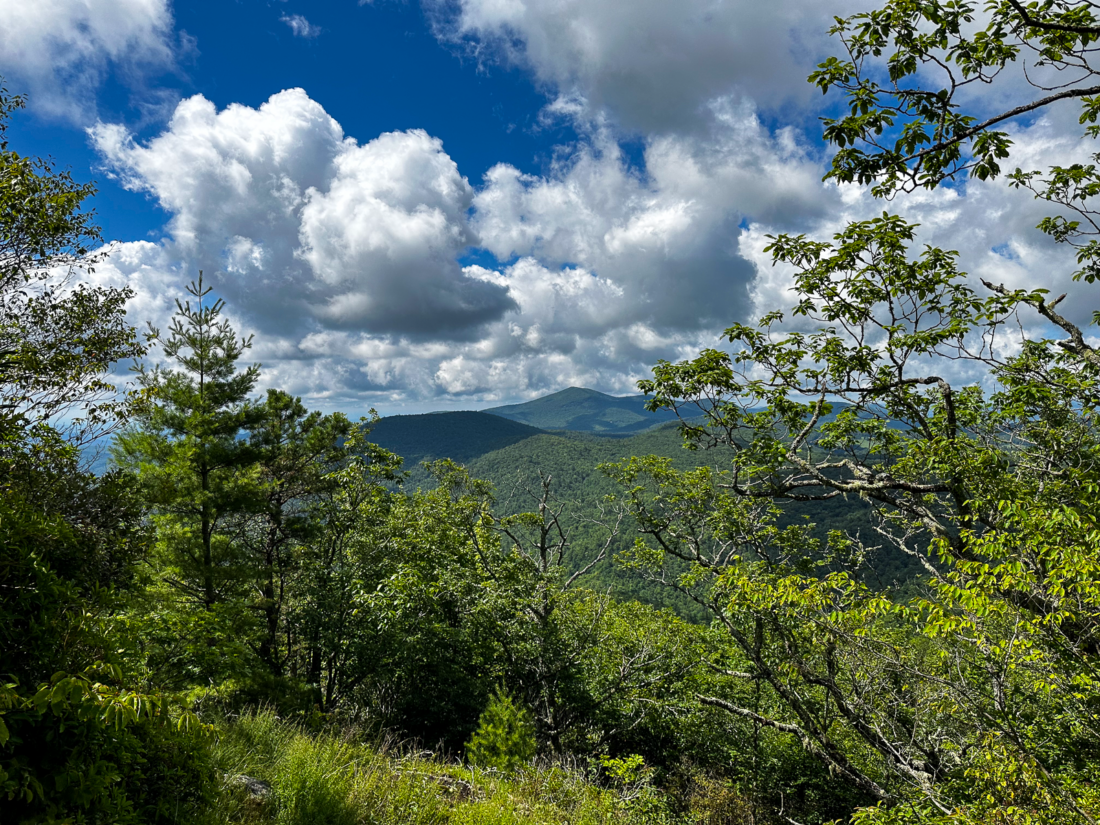
If not honest labor, what Bartram was good for was ambling about, describing species and natural tableaus and making hauntingly gorgeous drawings. In Travels, Bartram gives us some of the richest, most sensitive early descriptions not just of the Nantahala mountains but of the Georgia lowcountry and Florida’s St. Johns River. And not just of their plant life but their human life; Bartram was a sensitive observer of, and friend to, the continent’s indigenous inhabitants. A Seminole chief gave him the nickname Puc Puggy, or flower hunter. “He didn’t want their land. He didn’t want their women. All he wanted to do was learn,” says Dorinda Dallmeyer, president of the Bartram Trail Conference and editor of Bartram’s Living Legacy: The Travels and the Nature of the South (2010).
Dallmeyer, who grew up in Middle Georgia, echoed a sentiment I’d heard from other Southern naturalists: that the Southeast is every bit as ecologically valuable as other parts of the country that historically have gotten more love from conservationists, like the dramatic mountain ranges of the West. “In elementary school, the textbooks talked about blizzards—well, we didn’t have blizzards in Macon,” Dallmeyer says. “And they talked about the Rocky Mountains, and we didn’t have mountains like that. Nobody ever talked about the Southeast.” Bartram established the region as a place whose nature was worth falling in love with, as sublime as anywhere else.
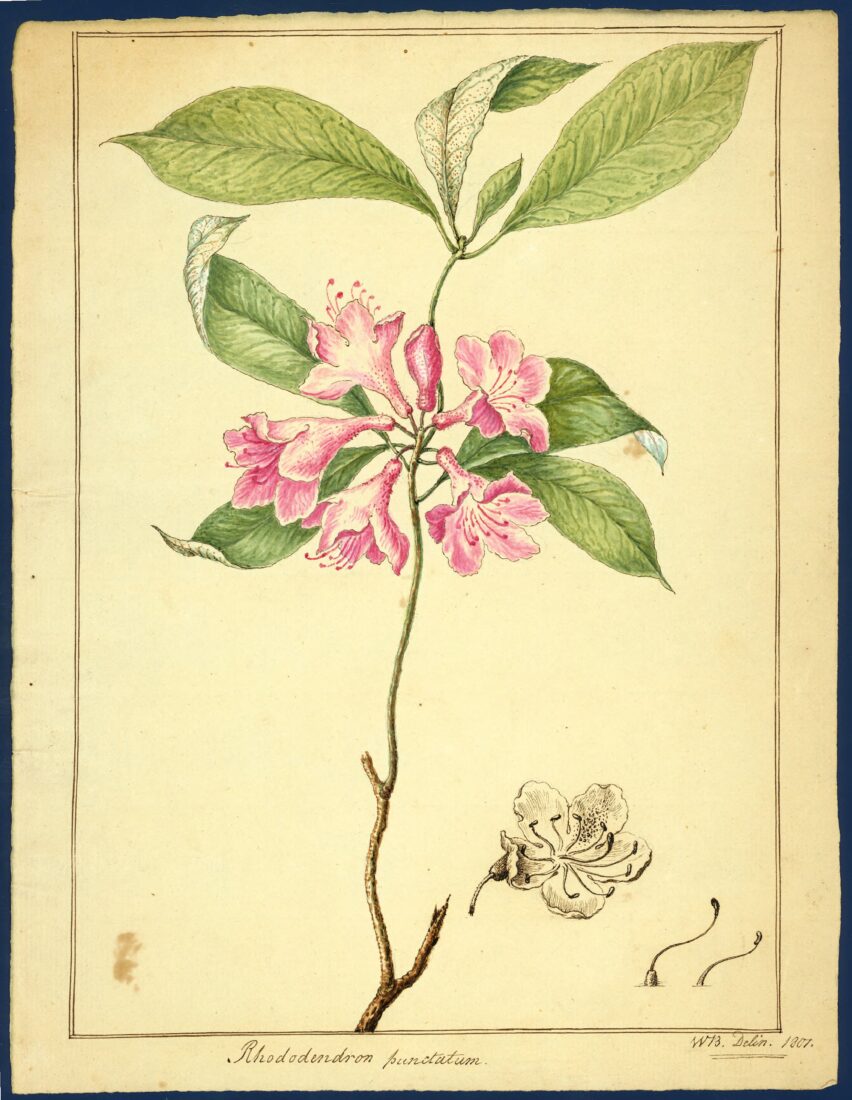
The explorer also embodied a “diminishing value in this culture,” according to Martin. “Humility, I would say, was one of his most defining traits. I think that’s what I keep coming back to with him all the time, that utter humility before all of creation. Being completely enraptured by the landscape. Writing this beautiful romantic prose while at the same time writing for the scientific community. You can’t find anyone in America who was doing that.”
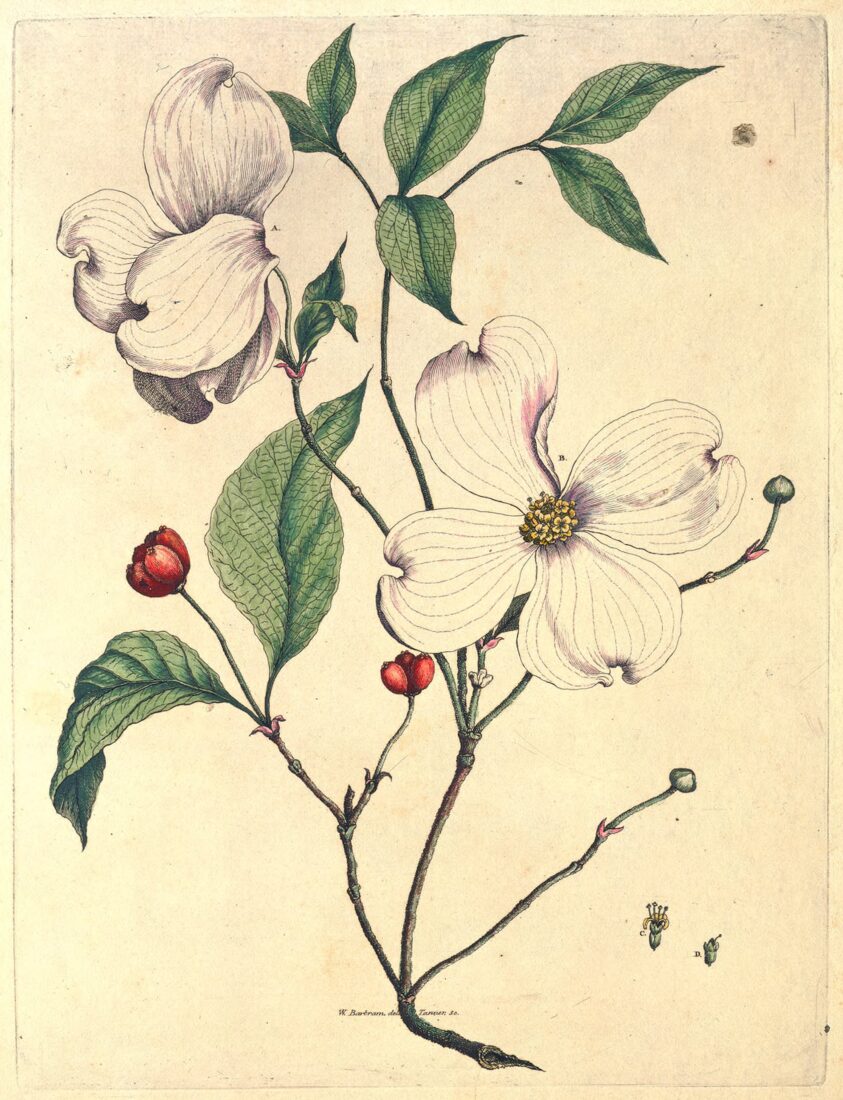
It’s how Martin hopes people will approach the Bartram Trail—versus, say, the Appalachian Trail, which tends to bring out a competitive streak in its hikers. “People are always trying to set new records for how fast they do it, how cheap they do it, how homemade they do it—whatever,” Martin says of the more famous footpath. “I don’t want that here. I’d rather someone set a record for hiking it the slowest.”
Trail Tip
Martin says most hikers stick to places with easy access to the wilderness: Wayah Bald, Whiterock Mountain, Warwoman Dell. “I tell people all the time, the most beautiful section of the Bartram Trail is the most remote part of the trail,” he says. That’s the path from Appletree Campground to Beechertown, rich with ramps and rhododendrons. Expect spectactular views of the Nantahala River Gorge. Expect solitude as well: “I can’t tell you how many times I’ve done that section and never seen one person.”


